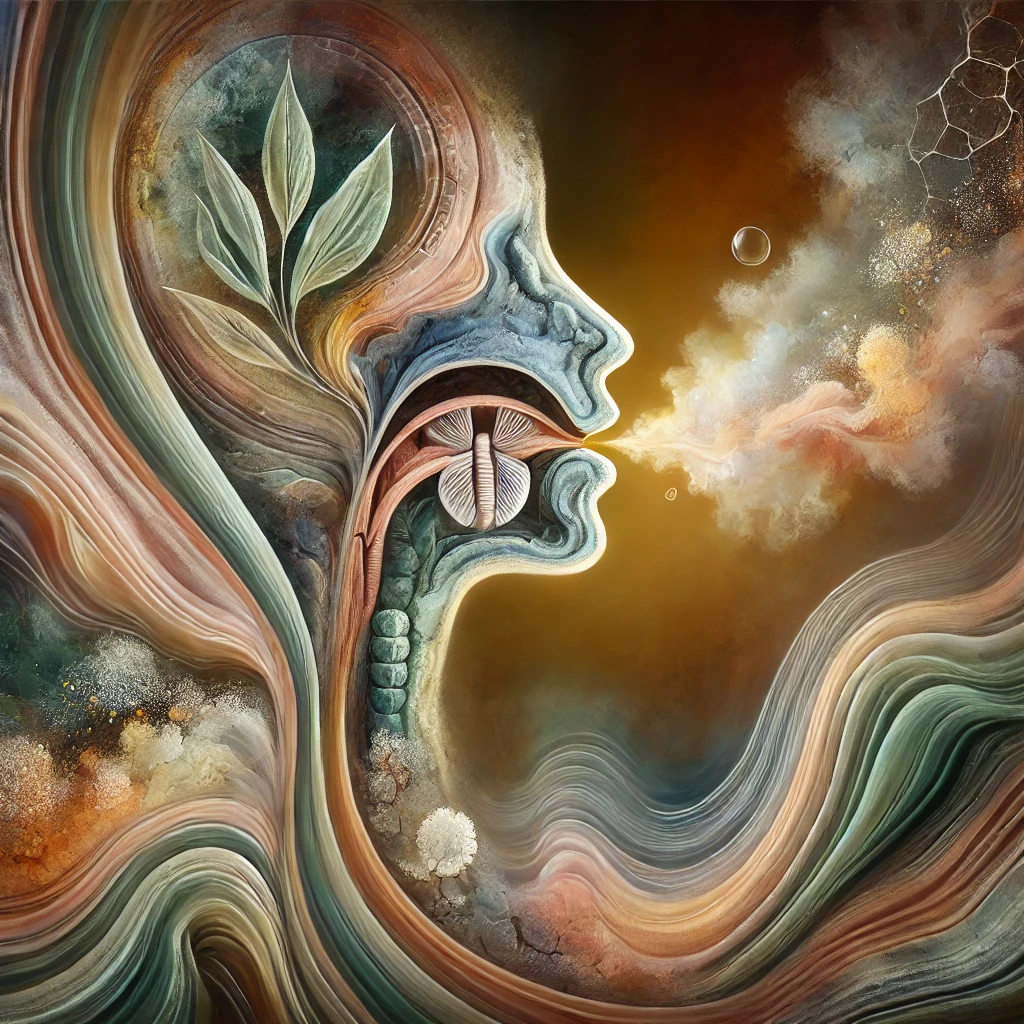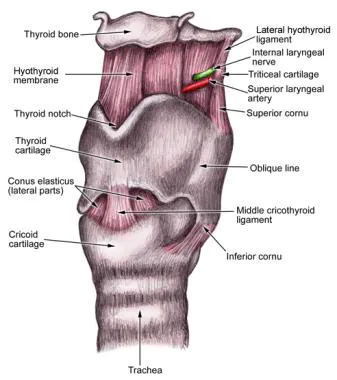A Sense of Aliveness
This morning, as I lay on the floor after the seventh practice in a row during my renewed attempt to reinstate a daily movement practice into my habits, I noticed something unusual—or rather, something very usual and ordinary. In fact, something so ordinary that I hadn’t experienced it in quite some time—at least not with the depth I felt this morning. Equal to the trumpeting announcements of a vanguard, the “TV-static”-like tingling sensations I was feeling broadcast a clear message: you are alive. End of statement. An easily overlooked fact in our fast-paced, abstract world.
Elton John famously sang, “It’s a sad, sad situation, and it’s getting more and more absurd.” While Elton was (presumably) singing about the end of a relationship with another human being, the song might as well be about our relationship with ourselves. We live in an age where many of us are increasingly drawn out of ourselves and into the realm of concepts. The way modern society is structured often emphasizes abstract and intangible pursuits—technology, finance, and planning—over the tangible and immediate. For those whose lives revolve around hands-on work, such as farming, crafting, or manual labor, this might not be as pronounced. However, for many, the pull toward the thought-realm dominates our attention, leaving less space for embodied, sensory experiences.
The thought-realm, of course, isn’t an entirely unimportant one. Most of the conveniences we enjoy today exist thanks to our capacity to imagine realities beyond the immediate. From the cultivation of fire to engineering world wonders and, eventually, warm showers (a world wonder in its own right), I’m grateful that my ancestors had the wherewithal to invent these marvels. Yet, the heavy emphasis we’ve placed on intellectual capacities can leave a gap in our experience of life.
This gap often shows up in how we approach fundamental aspects of living, like our relationship with our bodies. For instance, the desire to lose weight for aesthetic reasons often reflects cultural norms, which belong largely to the realm of thought. While health concerns and personal goals can also drive such choices, the influence of societal standards on how we view ourselves shouldn’t be overlooked. There are, after all, plenty of people with 24% body fat who feel perfectly fine in their bodies.
Circling Back to the Immediate and the Sensory
We all have the capacity to feel. In fact, you could feel long before you could think. The emphasis we’ve placed on intellectual capacities has left a gaping hole in our experience of life. We try to fill this hole with abstraction and reasoning, yet neither truly brings a sense of wholeness. Without sensing how our actions affect us, how can they ever make a difference? Without the immediate, embodied experience, how could we ever be compassionate, forgiving, just, or exhibit any other form of virtue?
How are we supposed to enjoy life if we don’t even feel that we are alive to begin with?
And as much as we want to feel alive, we often try to avoid pain. But guess what: you can’t avoid pain and feel only the good stuff. A willingness to feel alive must come with a willingness to experience discomfort. The pain and frustration of lacking, the agony of a broken heart—all are non-negotiable conditions for experiencing the joy of living, in whatever form it may appear.
The first step is listening to the language of our sensory selves: hearing the raw data of pressure, tension, warmth, and light before assigning any concepts to it.
And from there, we begin to rebuild a dialogue with ourselves.
When you feel the ground beneath you, the air in your lungs, or the heat of the sun on your face, you are reconnecting with a truth older than any concept—older than thought itself. To feel alive is not to solve the great questions of existence but to live those questions through the body, moment by moment.
Life, after all, is not a puzzle to be solved but an experience to be lived. And it begins—not with an answer, but with awareness.




